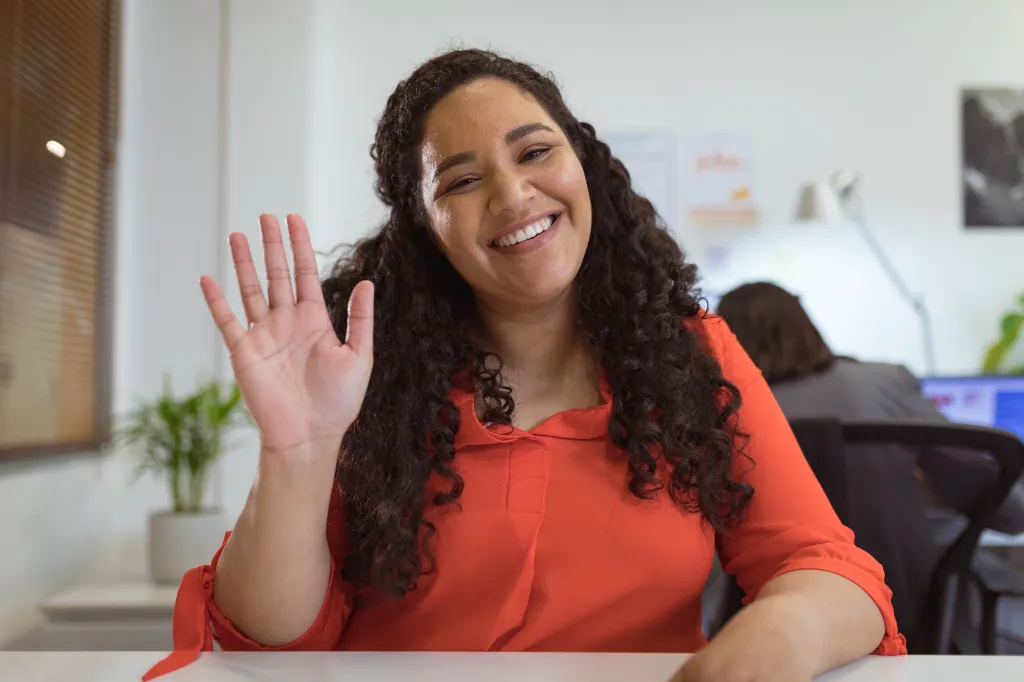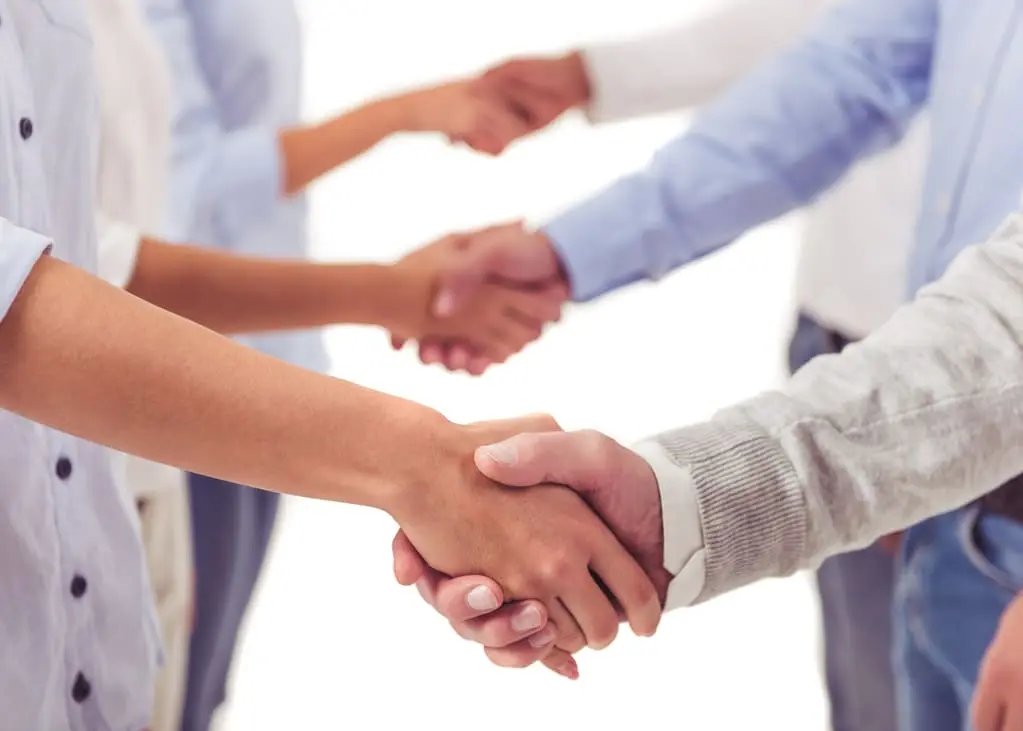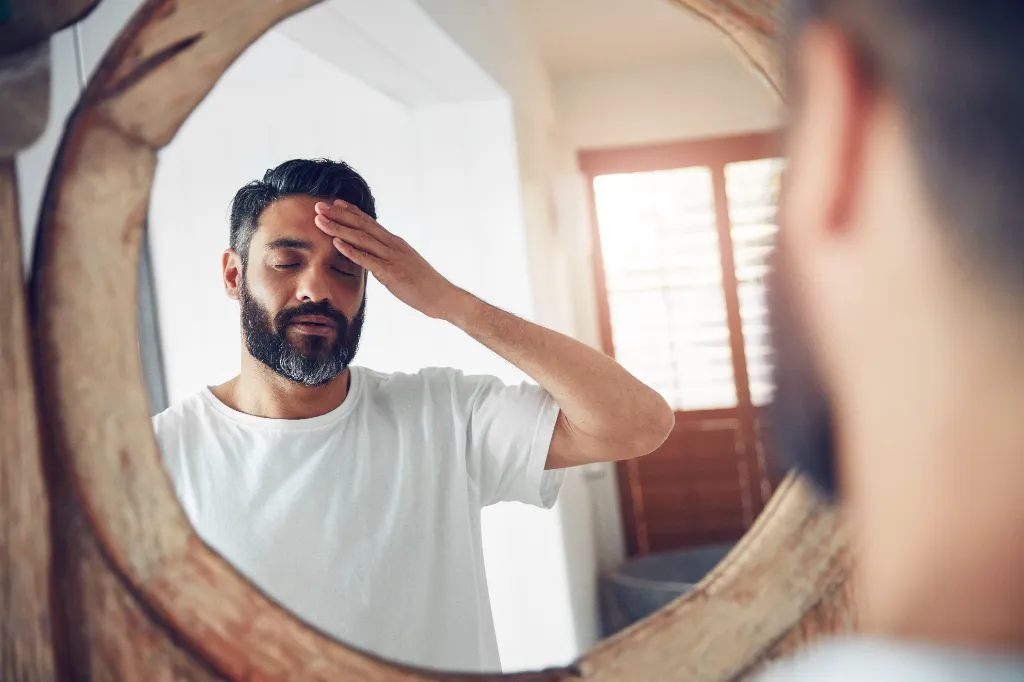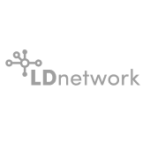International Women’s Day is one of many occasions when we can celebrate progress, remind ourselves of how far we’ve come, and remind ourselves of how far we still must go.
In many parts of the world, women and girls often have less access to technology, smart devices, and the internet than men and boys. However, women and girls with disabilities have always experienced marginalisation in digital equality and the gender equality movement.
So, in honour of International Women’s Day, we’re celebrating progress while shining a light on the crucial matter of the intersection between disability and gender in the digital divide.
The Link Between Technology and Gender Equality
Technology and gender have a complex relationship.
Technology can be a powerful force that can drive the gender equality movement, as it can provide new opportunities for educational, economic, and social participation.
Specifically, technology provides platforms that help educate young girls in parts of the world where education is less accessible. Telecommuting and remote work can provide a great work-life balance for women. Social media and similar digital platforms can allow women and girls to advocate their beliefs and fight for their rights.
“Embracing gender equity is so important because if we can all learn to live in a world where we are all treated fairly and equally, all having the same entitlement to opinions and emotions, I strongly believe it would bring the world so much peace and respect everyone deserves, so we all have a chance to thrive, feel confident and succeed in our life goals and choices without doubt and the discrimination.” – Elly Patt
None of this can be achieved, though, if women and girls do not have the needed access to technology.
Nevertheless, it’s essential to celebrate every milestone technology has provided for women and girls worldwide. We’re moving in the right direction, with technology becoming more and more available to women.
Digital Gender Divide: Women and Girls With Disabilities
We know that women and girls face marginalisation in digital and gender equality.
Still, women and girls with disabilities face further marginalisation. They are less likely to have access to smart devices, digital content, and services.
As a progressive society, we must consider the following question: if women and girls are behind in the digital transformation, how far behind are women and girls with disabilities?
What’s more, we need to ask ourselves another critical question: are we doing enough to bridge the gap for women and girls with disabilities?
Many women and girls with disabilities report that they don’t own mobile devices because there is almost no digital content or digital products suitable for them. Furthermore, there’s data that many women report not having a smartphone because they do not believe it’s relevant to them.
Celebrating the progress towards equality is crucial. Acknowledging every achievement and positive difference reminds us that change is possible, and fighting for that change, is critical.
“Don’t limit yourself, many people limit themselves to what they think they can do. You can go as far as your mind lets you. What you believe, remember you can achieve.” – Vilte Sapokaite
At Catalyst Care Group, we stand as a family with women and girls across the globe. We believe in digital, gender and disability equality for every woman and girl, and we hope to see a more inclusive digital landscape soon.

Digital Innovation For Gender Equality
Technology is developing in the right direction regarding gender equality.
Today, we have examples of AI-powered tools that detect and eliminate gender bias in job descriptions. We also have AI-powered tools that help women with land ownership rights and information-based apps that help survivors of gender-based violence.
Providing equal opportunities is the core of the gender equality movement. That’s why we believe digital innovation should also focus on accessibility and relevance.
Mobile devices can serve as assistive products as well. Each device should provide assistive features for hearing, visual, physical, cognitive, and mental health challenges.
These are just the first few steps towards digital equality.
Awareness is the start, action is the path, and the result is global equality.
We’re All Catalysts of Change
As part of the house of brands under Catalyst Care Group, we strive to transform care for the better and be the catalyst for change.
However, we believe that all of us have the power to bring positive change around us, and awareness is a key step in the process.
We’re proud to celebrate International Women’s Day and recognise the contribution of everyone who identifies as a woman worldwide.
This year, as any other, we are committing ourselves to promote gender equality and creating an environment where all employees are valued and supported.














